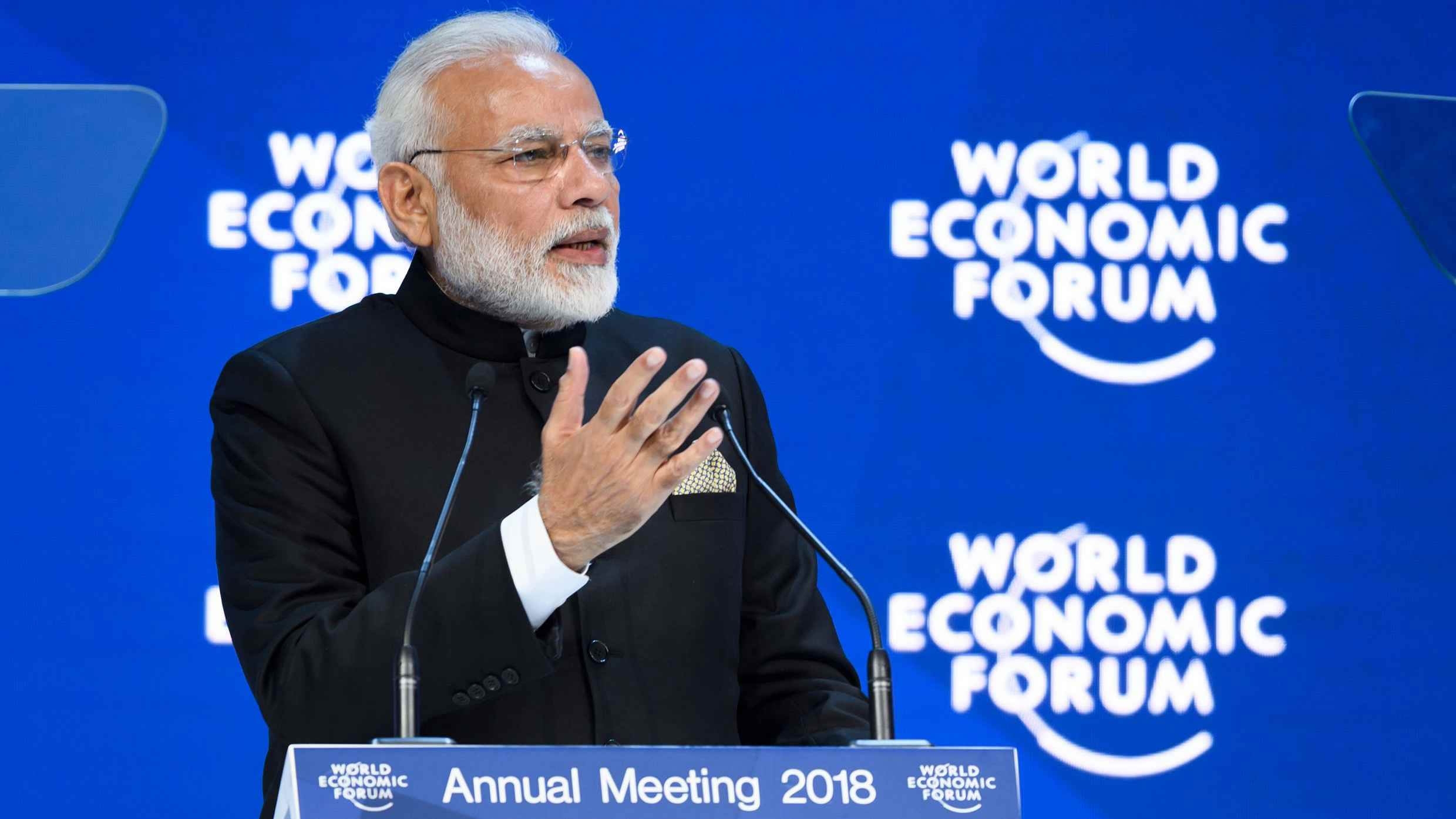
Business
14:08, 24-Jan-2018
Modi’s India – Just talk or substance?
By CGTN’s Shweta Bajaj

One of the most awaited speeches at the World Economic Forum in Davos was that of Narendra Modi, who is the first Indian prime minister to attend the high-profile forum in more than two decades.
The timing is highly important: India is looking for investment as its economy has been struggling for the last six months. The country needs high growth to employ its population of 1.3 billion.
Modi's speech pitched India as a hotbed for opportunities.
"I invite you all to come to India if you want wellness with wealth, wholeness with health and peace with prosperity. You will always be welcomed in India wholeheartedly," he said.
Back in India, the economy is slowing down and job growth is sluggish. Modi’s "Make in India" plan has not taken off yet, but he is looking for ways to fulfill the needs of the country's population.
Indian economists say bureaucracy still remains a major hurdle and the government led by Modi hasn't done enough.
"Unfortunately till now we still have high taxes. We still have high regulations and we have too much of the government. The fact is that Prime Minister Modi wants minimum government, but so far the minimum government has not taken place," economic analyst Madhav Nalapat told CGTN.
Modi has repeatedly promised an easier business environment for other countries to set up enterprises in India. In Davos, he repeated the same pledge.
But on the ground, things haven’t changed. From tax structure to labor and land reforms, too much bureaucracy has always been India’s bane.
The complicated red tape concerns land use, staff hiring and investment, economist Subhomoy Bhattacharjee said, noting that India has productive resources, of which the country is not making full use.
India's economy is expected to reach five trillion US dollars by 2025 with an urgent need to create jobs for its young population. Therefore, Modi’s vision for India includes a global manufacturing hub, a dream that still needs major structural reforms.
Time is also running out for India. The country has a demographic potential for the next 20 to 25 years after which its population will start ageing.
For now, India’s seven-percent growth is not enough to spread its benefits to the large population.
"We need 11-12 percent growth. We need the same kind of growth that China had during the period of Deng Xiaoping when he systematically launched economic reforms between 1981 and 1983. We need a double-digit rate of growth, seven percent is not enough”, said Nalapat.

SITEMAP
Copyright © 2018 CGTN. Beijing ICP prepared NO.16065310-3
Copyright © 2018 CGTN. Beijing ICP prepared NO.16065310-3